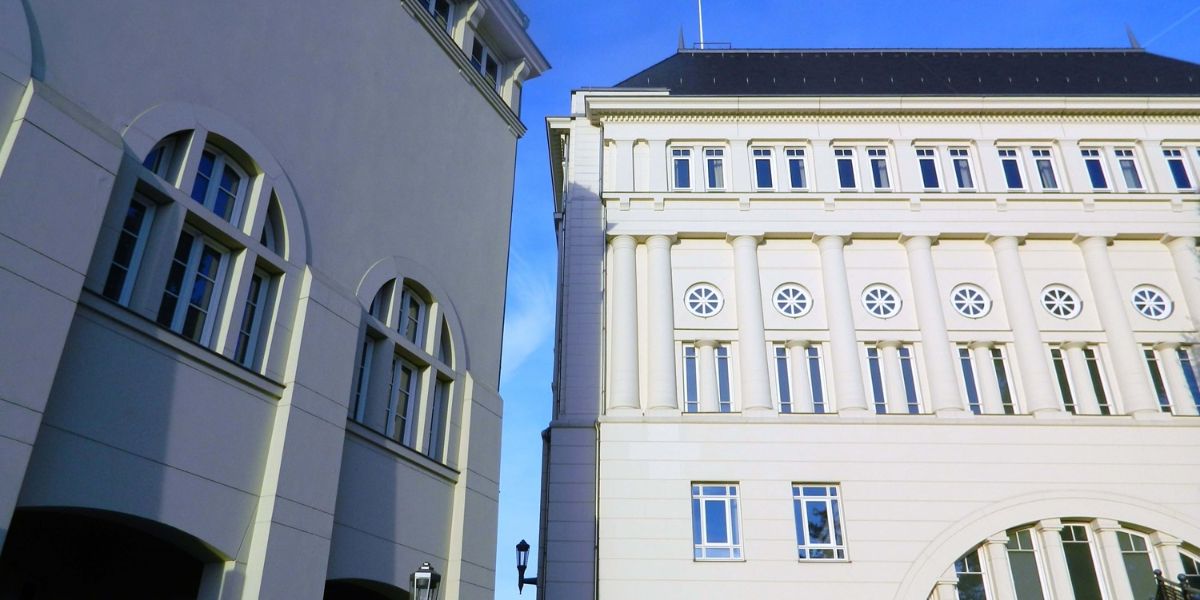THE SALE OF A PROPERTY
The main residence
The capital gain realised on the sale of the main residence is in principle tax-exempt¹. Two cases may arise.
The dwelling is occupied by the taxpayer at the time of sale
For the dwelling to be considered as a main residence, it is sufficient to meet one of the following conditions:
- the occupation must have taken place immediately after acquisition or completion; - the dwelling has been occupied for at least the 5 years preceding the sale; - the sale is performed for imperative family or professional reasons.
The concept of occupancy is upheld if the sale is completed by 31 December of the year following the year of the move.
The dwelling is unoccupied by the taxpayer at the time of sale
In order for the dwelling to be considered as a main residence, the following 3 conditions must be met simultaneously:
- the seller does not own another dwelling (including a secondary residence or pied-à-terre); - the sale is performed for imperative family or professional reasons (birth of twins, etc.).
The notion of vacancy is upheld even if the sale takes place after 31 December of the year following the year of the move.
It should also be borne in mind that a main residence is not necessarily a tax domicile. For example, it is possible to have a main residence in Luxembourg while having a tax domicile abroad. In all other cases of sale of a real estate property in Luxembourg, the capital gain is taxable and the tax regime differs according to whether it is a speculative profit or a profit on sale, unless the sale is to the benefit of the State of Luxembourg or a municipality within the framework of the Housing Pact2.
Properties sold less than 2 years after their acquisition
The taxation of capital gains from the sale of a property acquired less than 2 years for valuable consideration is subject to the provisions of article 99 bis of the LIR (speculative profit). The profit is equal to the difference between the sale price and the purchase price plus the acquisition costs. In other words, the transfer costs directly related to the sale (such as commissions paid to a real estate agent) reduce the taxable capital gain. This profit is not subject to any deduction, and it is moreover assimilated to ordinary income and taxable at the normal rate.
|
Profit = transfer price - (purchase price + acquisition costs) |
Only the ownership period is to be taken into account, regardless of the taxpayer's intention at the time of purchase. It is the period between two operations for valuable consideration which must be taken into account - any inheritance or gift transactions which may have taken place are excluded.
Properties sold more than 2 years after their acquisition
The taxation of the capital gain arising from the sale for consideration of a property acquired for more than 2 years is subject to the provisions of article 99 ter of the LIR (profit on disposal). There are special procedures for determining the acquisition price for acquisitions free of charge (inheritance).
For an acquisition for valuable consideration
The income is equal to the difference between the sale price and the purchase price plus capital expenditure. These expenses include all major expenditures which have been incurred on the building and which have the effect of significantly increasing its value (attic conversion, etc.) or changing its nature (conversion of an office into housing). The purchase price is also revalued by applying a coefficient corresponding to the year in which the expenditure was incurred3. This income is subject to deductions and is to be classified as extraordinary income, taxed at half the overall rate (and even at a quarter of the rate until the end of 2018).
|
Income = sale price - (revalued acquisition price + acquisition costs) |
The acquisition costs mainly comprise the estate agent's commission and the costs of issuing the energy certificate.
For an acquisition free of charge
Income from the disposal of a property acquired free of charge (i.e. by inheritance) is calculated as above for acquisition for consideration and benefits from the same deductions and taxation at half the overall rate (or a quarter of the rate until the end of 2018). In this particular case, the acquisition price used is that paid by the previous owner. This acquisition price is revalued under the conditions described in the previous paragraph. It should be noted that any inheritance tax which may have been paid (inheritance tax being uncommon in Luxembourg) is not included in the determination of the purchase price4.
The allowances
Each taxpayer is entitled to an allowance of 50,000 euros which can be used over a period of 10 years. This allowance is doubled in the case of collective taxation. In addition, the taxpayer is entitled to a tax allowance of 75,000 euros in the event of the transfer of a property acquired by direct inheritance. It is sufficient that the property sold is the last main residence of the parents in order to benefit from this allowance.
Tax year
In all the cases examined above, and as an exception to the general regime, the taxation year (and therefore the year in which the property capital gain is declared) is that of the year in which the sale takes place, regardless of the date of payment of the price5. Thus, the declaration and taxation of the capital gain are to be attached to year N in the case of a deed of sale drawn up by the notary in year N, even if the settlement only takes place in year N+1.
Capital losses or losses on disposals may be offset against income from the same category, but they may not be carried forward or offset against income from another category.
1 Article 102 LIR
2 Article 99 LIR
3 Article 102-6 LIR
4 However, and within the limit of 3 years between the inheritance and the sale, part of the inheritance tax may be admitted as purchase price.
5 Article 102-12 LIR



.jpg)



